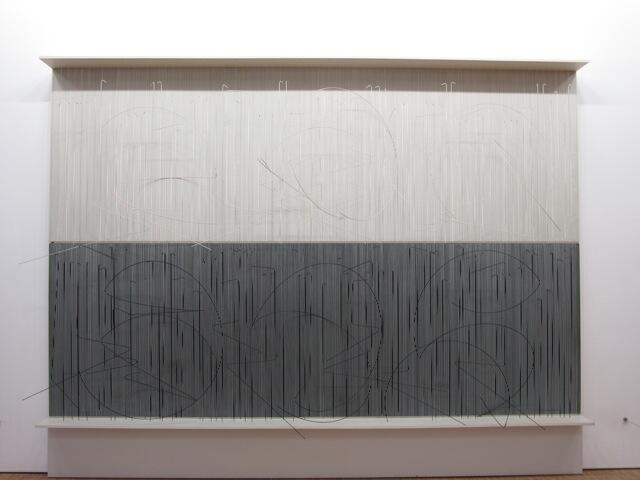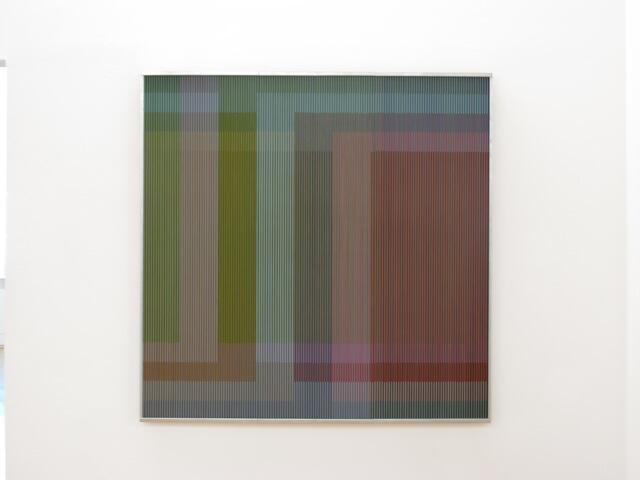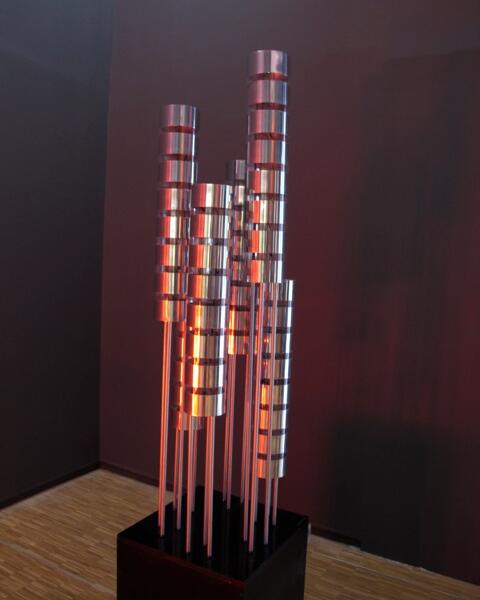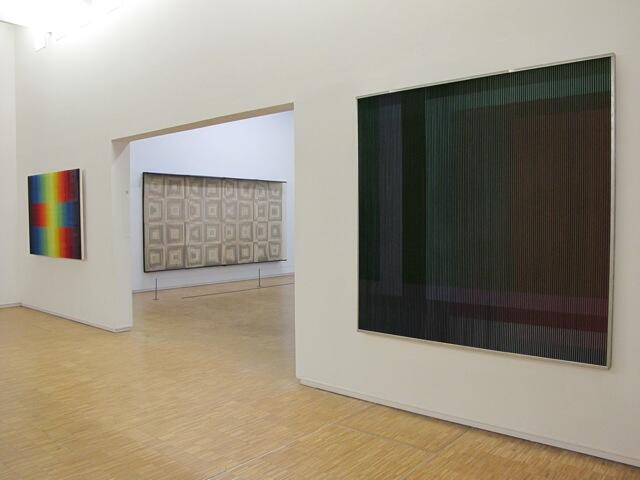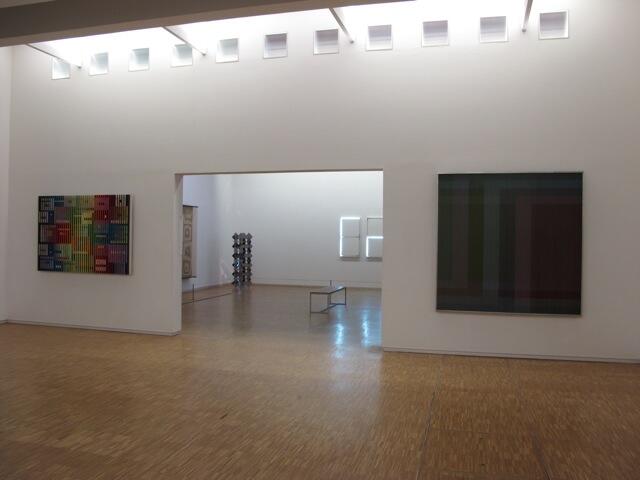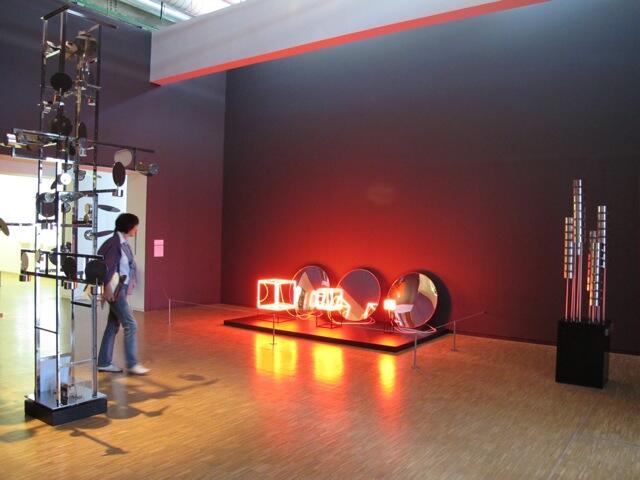Re-hanging of the Pompidou’s Modern Collection shows the relevance of Latin American Kinetic Art
In 1955, the exhibition “Le Mouvement” opened at Denise René Gallery, becoming the first important show of kinetic art in France and the beginning of a new category of art. Marcel Duchamp, Alexander Calder, Naum Gabo and Laszlo Moholy-Nagy, had been exploring real or optical movement in art before the war, a period much influenced by the aesthetics of the machine. But it is only until the 1950s that kinetic art became established as a distinct discipline in France, with the work of Victor Vasarely, Jean Tinguely, Pol Bury and Jesus Soto.
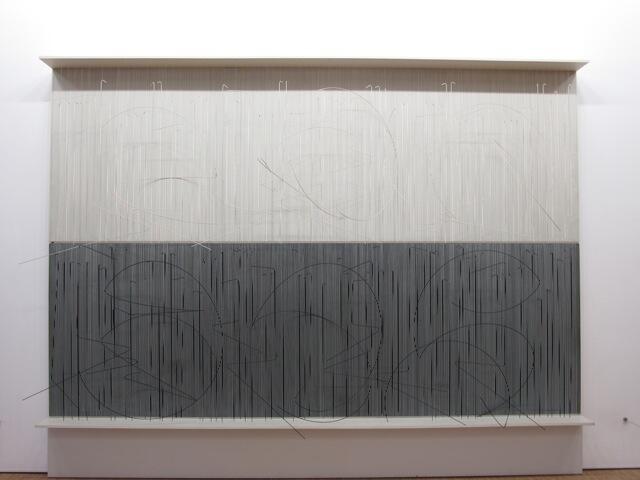
Just like their creators did during the fifties and sixties, kinetic pieces share today a space in Paris. A selection of "lumino-kinetic" pieces combining light and motion and purely optical works fill two rooms at the exhibition “The Modern Collection” at the Centre Georges Pompidou, a re-hanging of the museum’s permanent collection, dedicated to Modern Art.
But not only the effects these works are of interest. The concentration of Latin American artists in these rooms of one of the most important museums of Modern Art in the world, show the importance these artists had in the formation of an artistic milieu in France after World War II. These artists represented the spirit of their time through the incorporation of the spectator in the work, and dealt with contemporary questions, like the use of new industrial materials, the role of art, scientific and technological research, and scale. Their work epitomized an era of rapid social, economic and political change that followed World War II.
For France, the postwar period was a time for reconstruction, development, and new social projects. The French government headed by Charles de Gaulle established tight bonds with other European countries and propelled an era of great economic growth through rebuilding the nation's social institutions and industry. President de Gaulle aimed at restoring France’s national and international image, not only by investing in technology, but also through the promotion of the new and modern French culture.
This is the time when Venezuelans Carlos Cruz-Díez and Jesús Soto, and Argentineans Julio Le Parc, Gregorio Vardanega and Horacio García-Rossi, as well as many other Latin American artists not present in the exhibition, but equally relevant to the time, put together their artistic creations in favor of the construction of a new era that would influence the path in which art was developing, a quest that put Paris back on the map of contemporary art.

